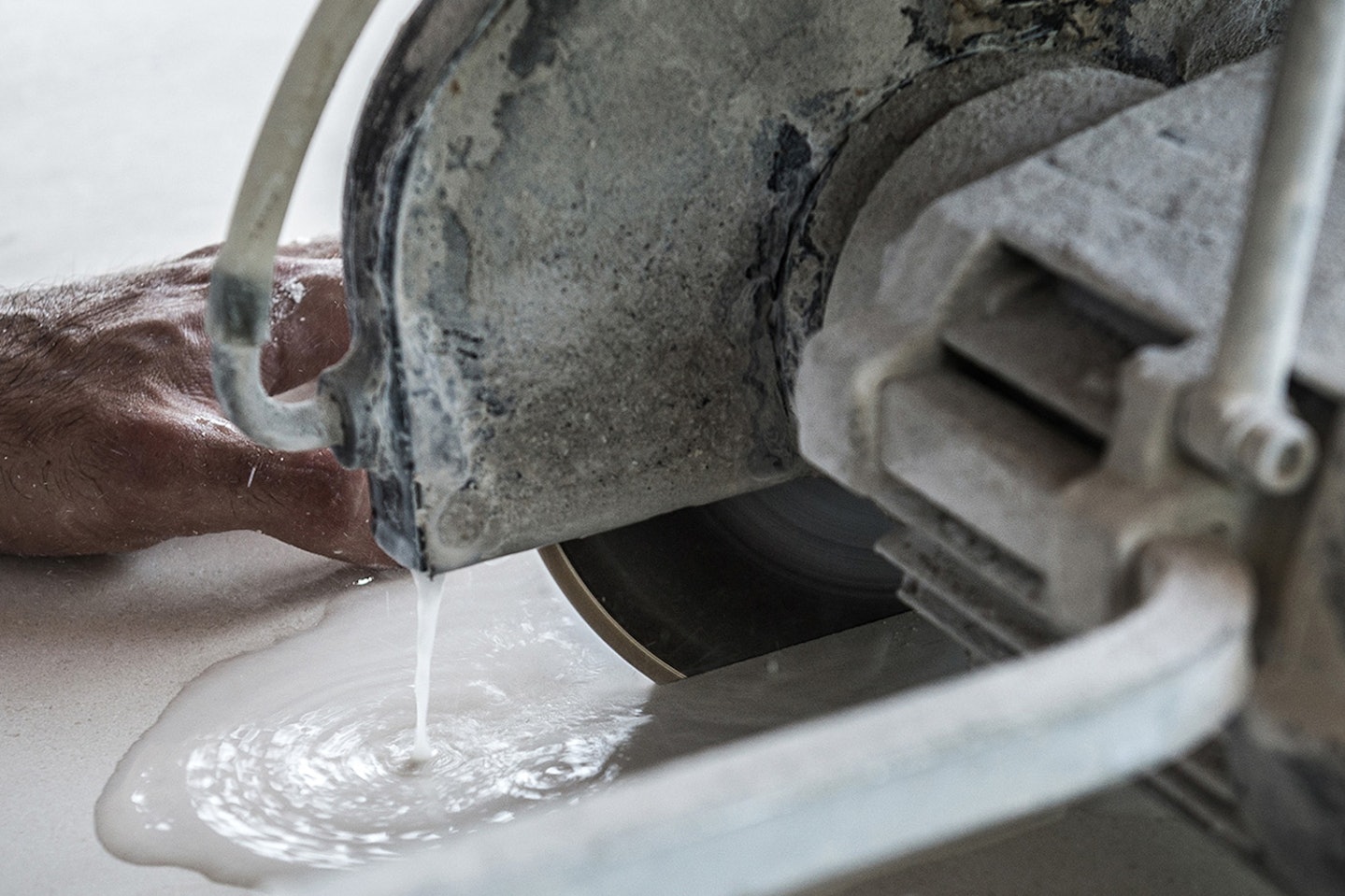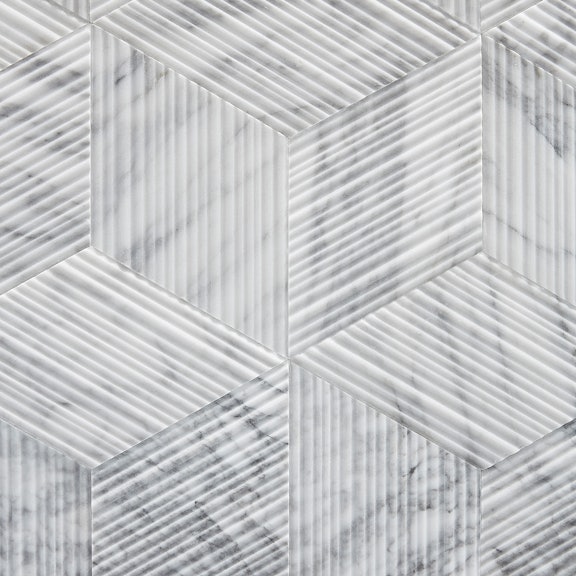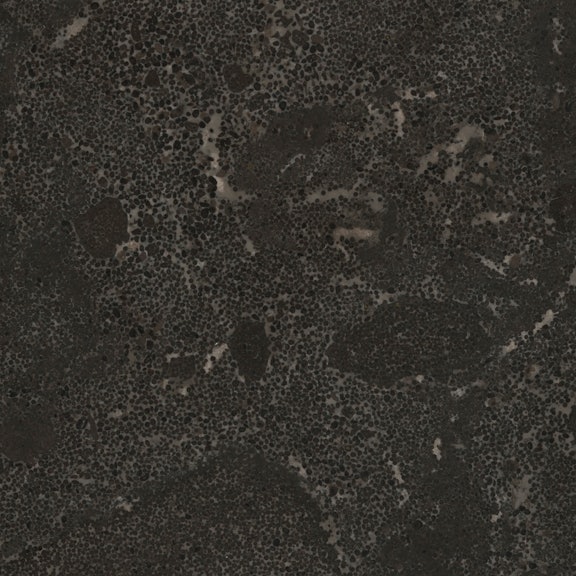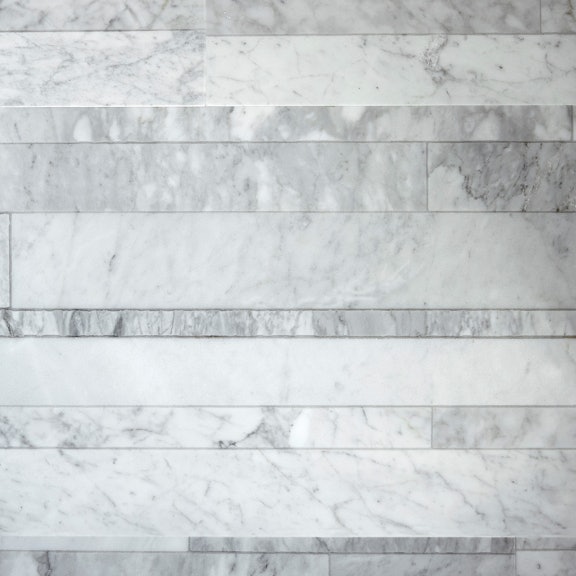The difference between cutting marble and ceramic tiles
03.2022
There are few differences between cutting marble and ceramic tiles and they are essential to the outcome
We often talk of how a construction site can be considered a type of miniature world of its own, in which a host of different professionals and tradespeople come together, each bringing their particular expertise to the project and working with an enormous range of materials, tools and techniques. And, although there may be crossover between some areas, it’s important to recognise that specialists are required, particularly when it comes to materials.
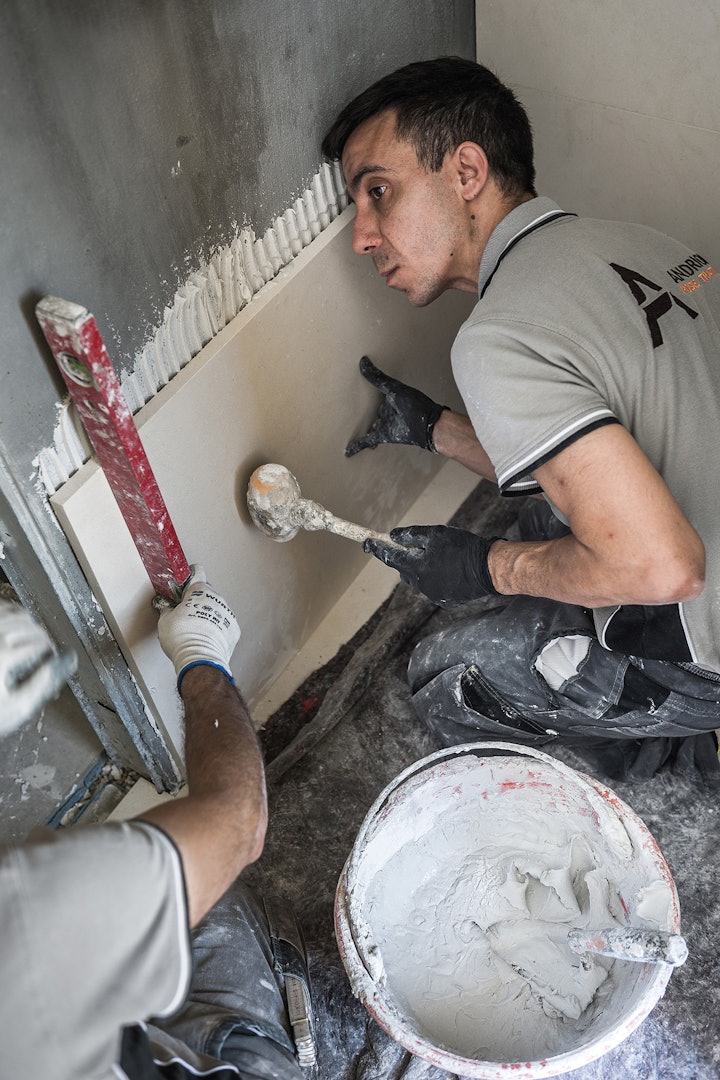
For example, although many of the tools and techniques used in laying tiles in natural stone and ceramic or porcelain are similar, there are a few differences, and if you want to ensure your marble is laid perfectly and with finesse, it’s important to know what tools you need to achieve this.
Let’s start, however, with the similarities between the two materials. The first is the importance of diamond blades, discs and bits when it comes to achieving a quality cut, whatever the material and regardless of the type of tool. Secondly, whether you are working with marble or ceramic**, you need plenty of space** so that you can move around freely and avoid having to place tiles in precarious positions. The third similarity is that given the nature of tiles, it is imperative that you have a clear idea from the client as to how they should be laid out, as obviously this will impact not only on the laying process itself, but also the cutting phase.
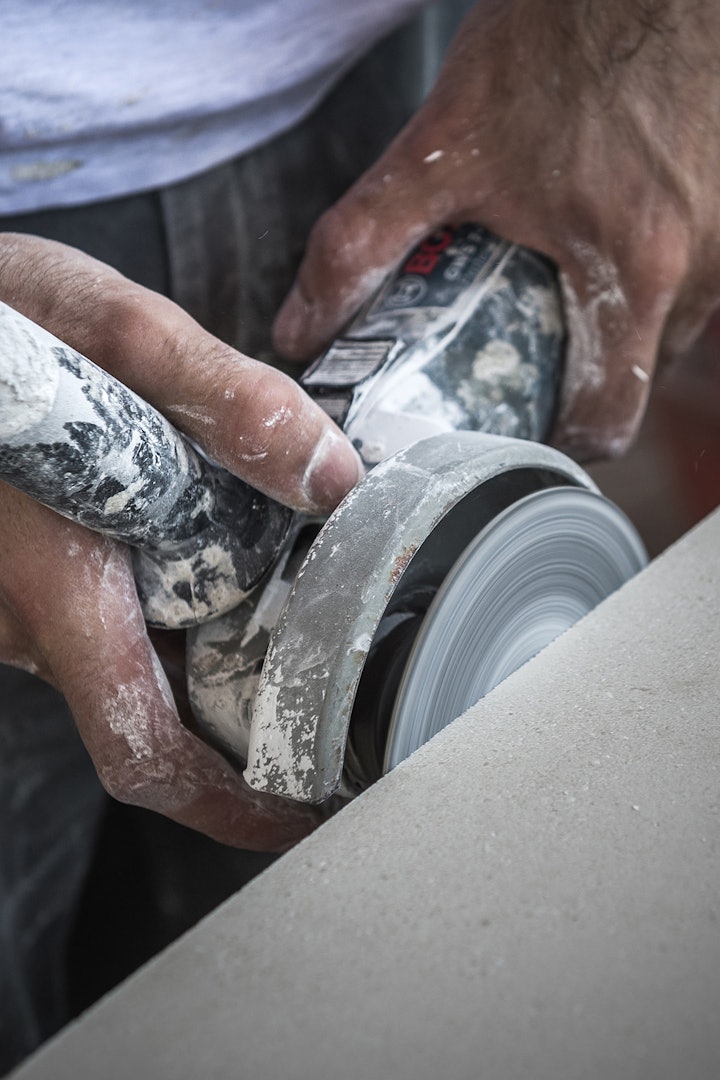
To cut marble, the best tool is a wet saw, circular saw or angle grinder, to use just some of the names adopted around the world, but whatever you choose, as we wrote above, the diamond blade is the key aspect. Such a tool is necessary because we are talking about an extremely dense, hard material and the water ensures the blade does not overheat and cause damage.
On ceramic and porcelain tiles, on the other hand, given they are not as hard, a tile cutter is most commonly used. Unlike the saw used to cut marble, ceramic tile cutters do not use water during cutting. Another characteristic is that you make a superficial incision, rather than cutting right through the tile.
Looking at a manual ceramic tile cutter in more detail, it is made of a base with two “floating plates” on either side of a central axel with a type of pole-cum-handle that guides the diamond cutting blade, and includes a sliding ruler which both holds the tile in place and helps ensure the cut is made on the desired angle, whether that is completely straight or on the diagonal. In simplistic terms, it is similar to an old-fashioned paper guillotine.
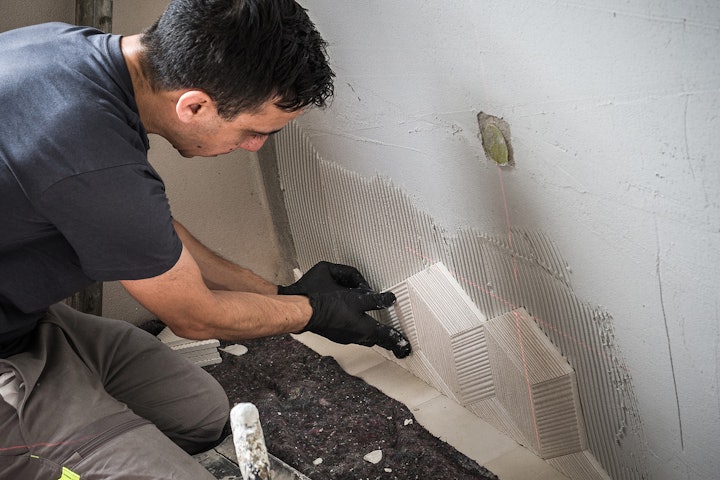
Many have a feature indicating where to place your tile both for a perpendicular and 45-degree cut, ensuring greater precision and less guesswork. Once you have set that, place the tile on the base and score its surface to cut throw the glaze. Then, position the handle over the lower part of the tile and bring it down so that the pressure neatly breaks the tiles for a perfect cut.
Generally speaking, there are two main types of tile cutters. One is for standard format tiles and the other covers large formats. They are completely different both in their structure and in the way they are used. For example, if you are using a tile cutter on large format tiles with a reduced thickness such as 7 mm, particular care and technique are required as not only are they larger to handle, but they will inevitably be more fragile.
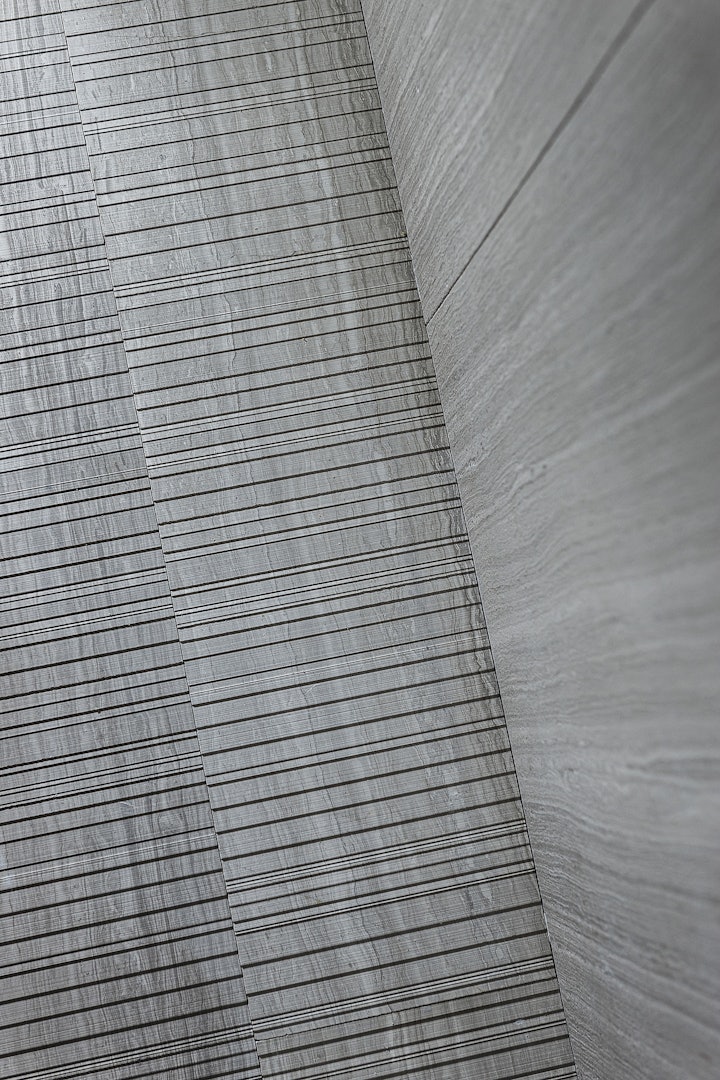
All options include variants to be used depending on the tile’s thickness and dimension and you can choose from a manual (sometimes called a mechanical or contractor’s cutter) or electric model. If you are working with particularly hard porcelain tiles, you may choose to use an electric cutter with water, which has a diamond blade that is harder and able to withstand more wear and tear. Angle grinders and circular saws may also be used on some of the harder types of ceramic or porcelain tiles. On the other hand, track or rail saws are recommended only for cutting granite and natural stones.
In some markets, tilers may work with both natural stone and ceramic, whilst in other areas, such as Italy, it is more common to find areas of specialisation, because even if we are talking about tiles in both cases, the nature of the material and therefore the equipment, experience and techniques required are very different. It is a little like expecting the same person to lay wooden parquet and stone tiles. That is why we put so much time into selecting the best stone tilers around the world and training them in how to get the best out of our products so that the final result comes up to our clients’ high expectations.
All photos were taken prior to the closure of 11 March 2020.
